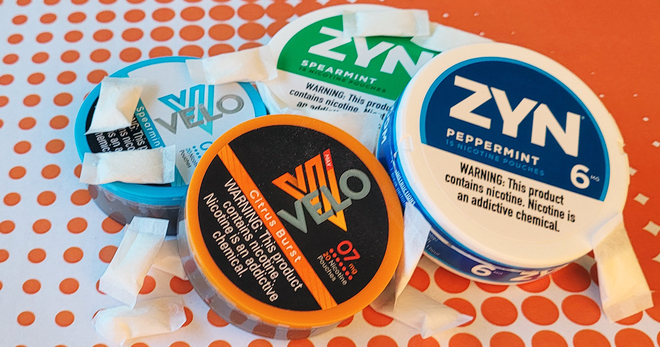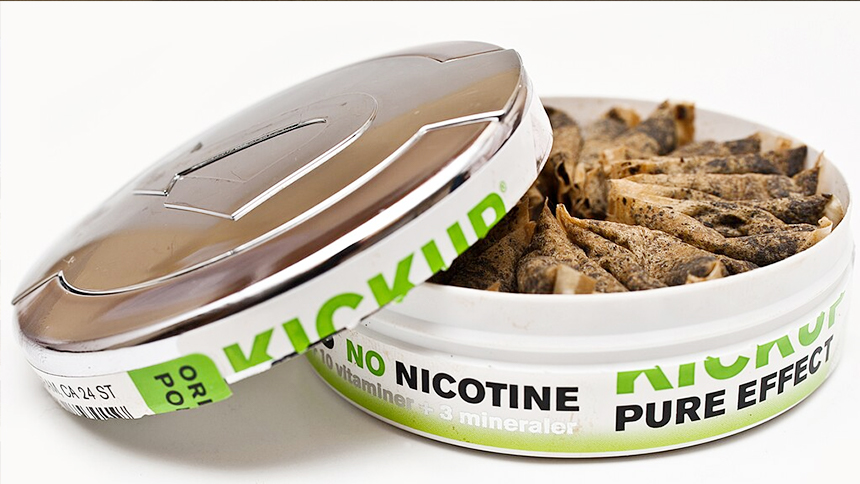Nicotine is the primary addictive substance found in cigarettes, responsible for the dependence many smokers experience. Understanding the amount of nicotine in a cigarette can shed light on why quitting smoking can be so challenging. This article delves into the nicotine content of cigarettes and the factors influencing nicotine absorption in smokers.

Average Nicotine Content
On average, a single cigarette contains approximately 10 to 12 milligrams (mg) of nicotine. However, it’s important to note that not all of this nicotine is inhaled or absorbed by the smoker. Typically, a smoker absorbs about 1 to 2 mg of nicotine per cigarette. This discrepancy arises because a significant portion of the nicotine is burned off or escapes in the smoke.
Factors Influencing Nicotine Absorption
Several factors affect how much nicotine is actually absorbed by a smoker, including:
- Inhalation Technique: The way a smoker inhales can significantly impact nicotine absorption. Deeper and more frequent inhalations can lead to higher nicotine intake.
- Cigarette Design: The design of a cigarette, including the presence of filters and ventilation holes, can influence nicotine delivery. For instance, cigarettes with perforated filters are designed to dilute smoke with air, potentially reducing nicotine intake.
- Brand and Type: Different brands and types of cigarettes (e.g., light, regular, menthol) contain varying levels of nicotine. Some brands may have higher nicotine content, catering to smokers seeking a stronger hit.
- Additives and Ingredients: Tobacco companies often use additives to enhance nicotine delivery and absorption. Ammonia compounds, for example, can increase the pH of smoke, facilitating quicker absorption of nicotine in the lungs.
Comparing Cigarettes to Other Nicotine Products
It’s also useful to compare the nicotine content of cigarettes to other nicotine products. For example:
- Nicotine Pouches: Products like Zyn contain varying nicotine levels, typically ranging from 3 to 6 mg per pouch. However, the absorption rate differs, and these pouches are designed for controlled, slower release.
- E-Cigarettes and Vapes: These devices can deliver nicotine in a wide range of concentrations, from low-dose options to high-nicotine formulations. The absorption rate can vary based on the device’s power and the user’s vaping habits.
Health Implications
Understanding nicotine content is crucial due to its health implications. Nicotine is highly addictive, and regular use can lead to dependence. Additionally, while nicotine itself is not the most harmful component of cigarette smoke, it contributes to the compulsive nature of smoking, exposing users to numerous other harmful chemicals and carcinogens present in tobacco smoke.
Conclusion
In summary, while a cigarette contains approximately 10 to 12 mg of nicotine, a smoker typically absorbs about 1 to 2 mg per cigarette. This absorption is influenced by various factors, including inhalation technique, cigarette design, brand, and additives. Recognizing these factors is essential for understanding nicotine addiction and the challenges associated with quitting smoking. As public health efforts continue to focus on reducing smoking rates, knowledge about nicotine content and absorption can empower individuals to make informed decisions about their health.



